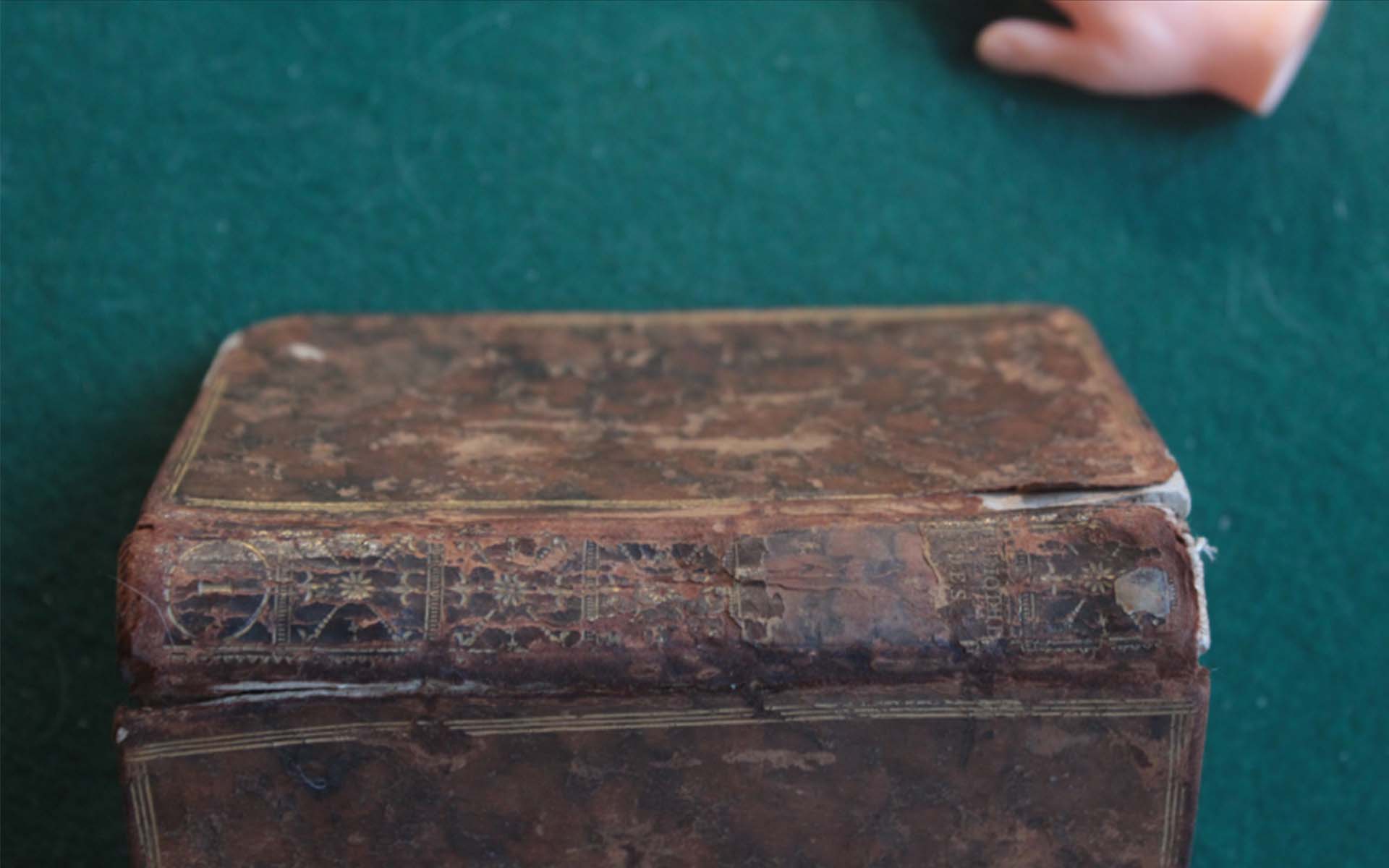My name is Maya Grishanowitch. An aspiring concept artist and illustrator, keen on the obscure fairy tales no one remembers anymore. Lives with a pet hedgehog and strongly suspects that he is a cursed knight. Here is my story about creating the texture for 3d book.
Advantage of creating textures
– An optimal texture size and resolution;
– Copyright. According to Alice, there is no use of a book without pictures. The illustration inside the book is by Arthur Hughes;
– Nothing demonstrates the amount of details as accurate as a real object, if a realistic texture is a goal. For example, a painted flyleaf is often overlooked, while in our case it adds elegance and character to the creating texture.

What makes a book
The texture of our future 3d book consist of the following elements:
- A leather cover
- A leather binding
- A golden rim
- Golden paper edges
- A blank paper
- An initial letter
- A book title
- An illustration
- A dummy text
In the end, the elements from 1 to 5 were taken from one actual book. Each element required one or two photos. The elements from 5 to 8 had to have a “personal” book to be found for each one of them.

Creating texture process
During a texturing process we need to consider two aspects.
Firstly, a technical one. Before an actual working on a specific texture as a whole, each material has to be adjusted separately. It is crucial to get rid of a perspective distortion in a reference photograph. Moreover, it is necessary to remove contrasted shadows and light spots via High Pass filter. As long as only I require a diffuse texture, I preserved most of the highlights on the golden parts, while a blank paper parts I had corrected. Also, I avoided an evident pattern repetition in a same material, as on left vs right side of the leather cover.

Secondly, an artistic one. Finding and photographing suitable references is undoubtedly important. Regrettably, I lacked monolights for a proper lightning. No less important is to make different parts of a texture fit each other, even when all of them I obtained from a same, actual object. In our case, the flyleaf, the leather parts and the paper were from one book and naturally looked well together in reality. However, during working process, a color of the flyleaf I shifted towards a warmer palette. So it would not appear excessive and distract viewer’s attention from the inner parts of the book. Furthermore, the inner parts, mentioned above, I supplied from different sources. Then I brought to an organic whole by changing color and contrast.


Comments